By Tracy Cook, Executive Director
On a large scale, America has gotten a crash course in child trauma.
There was a lot of media attention when immigrant families were separated. But whether a child is removed from their parents on an international border or after suffering child abuse and neglect in our own community, by definition, any child in this situation is experiencing trauma.
Understanding child trauma is critical for all of us because it is, quite literally, all around us.
According to the American Academy of Pediatrics, family separation “causes irreparable harm to children. This type of highly stressful experience can disrupt the building of children’s brain architecture… and can lead to lifelong health consequences.”
At ProKids, here in Hamilton County, we see child trauma every day when children lose a parent to addiction, are removed from their homes due to neglect or abuse, and when a parent goes to prison. We see it when a child suddenly has to sleep in a different bed, attend a different school and even eat different foods.
Child trauma is not something children “grow out of” nor is it something that children will just forget about because they are young. As the AAP noted, it changes the structure of their brains.
There are all kinds of trauma children can experience. You probably experienced a few yourself in your growing up years. A questionnaire called the “ACE Study” is available on the Center for Disease Control’s governmental website. It is based on the well-respected ACEs study, which considers Adverse Childhood Experiences.
A number of factors are considered from a person’s childhood. That score, the number of traumatic experiences and the intensity of those experiences, can indicate an increased risk that you might suffer mental illness, experience poverty, and even the likelihood you would die young or develop a chronic health condition.
What we have learned, is what has happened to you as a child is more telling that what is “wrong” with you.
The trauma a child experiences changes their brains. And when that happens, it sets up a chain. For example, if a child has witnessed domestic violence or been physically abused, she is then wired for a certain stress level. Many of us know this as “fight, flight or freeze.” At school, when she would be learning to read, she is instead scanning faces in the room – looking for the changes in expression that make her believe someone is going to be hit. Of course, the reading lesson is lost… and if she doesn’t read by third grade, she is less likely to graduate from high school, and she is more likely to live in poverty.
And the cycle repeats.
But if we can take this understanding of child trauma and put it to work, we can disrupt that cycle.
ProKids volunteers, in collaboration with child protection professionals, work every day to help abused and neglected children go beyond their trauma and find permanent and nurturing homes. We strive to
help children get the services they need to heal and, most importantly, live in safe environments where they can thrive.
We experience the decisions made daily on the front lines when there is an allegation of abuse and neglect. We know that recommending the removal of a child from their home is among the hardest decisions anyone makes in any profession. It is clearly a tightrope walk — balancing the trauma of removal against the risk of abuse and neglect for each individual child.
We know these decisions must be made with the upmost care. They are life-changing. And should only be made when absolutely necessary to protect a child from harm which could be worse.
When a child knows they are safe, has a sense of stability, and is nurtured by people who care, the toxic stress which has caused such damage can be eased. The long-term impact for them, and for our whole community, can be much brighter.
Because of the children in the news, many concerned citizens have spoken up. Here at ProKids, our staff, volunteers and supporters are privileged to take action to protect our children. And by recognizing the trauma of children and helping others learn more about it, we reach out with a hand of hope.


 Like us on Facebook
Like us on Facebook Send us an email
Send us an email
